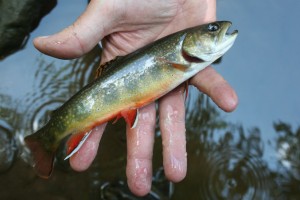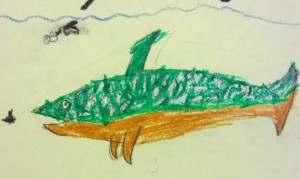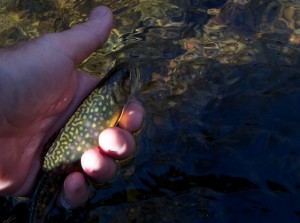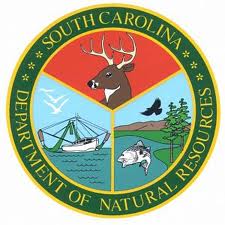The Pennsylvania Fish and Boat Commission is having a disagreement with the state Department of Environmental Protection about the condition of the Susquehanna River. The PFBC says the river is in trouble and should be listed as “impaired,” which will put the river on a “pollution diet” and begin to address the problems. The DEP says there is no proof that the river’s problems are caused by any specific environmental issues. If you read the second link above, it sounds like the DEP may be waiting on more data from USGS and others before it moves on this issue.
We’ve had similar issues in the past seven years or so on the Shenandoah, James, Potomac and other large rivers in Virginia and Maryland. These issues with fish kills, lesions and intersex bass all seem to be caused by a bad combination of environmental factors. So when the DEP says they have no evidence to zero in on specific causes, they are probably correct — technically. And this, of course, misses the whole point.
If you live in Pennsylvania and are concerned about the health of the Susquehanna, read the articles above and contact your representatives.


 Students from Wildwood Middle School in Shenandoah Junction, West Virginia are looking into the possibility of reintroducing brook trout to the panhandle of West Virginia
Students from Wildwood Middle School in Shenandoah Junction, West Virginia are looking into the possibility of reintroducing brook trout to the panhandle of West Virginia


